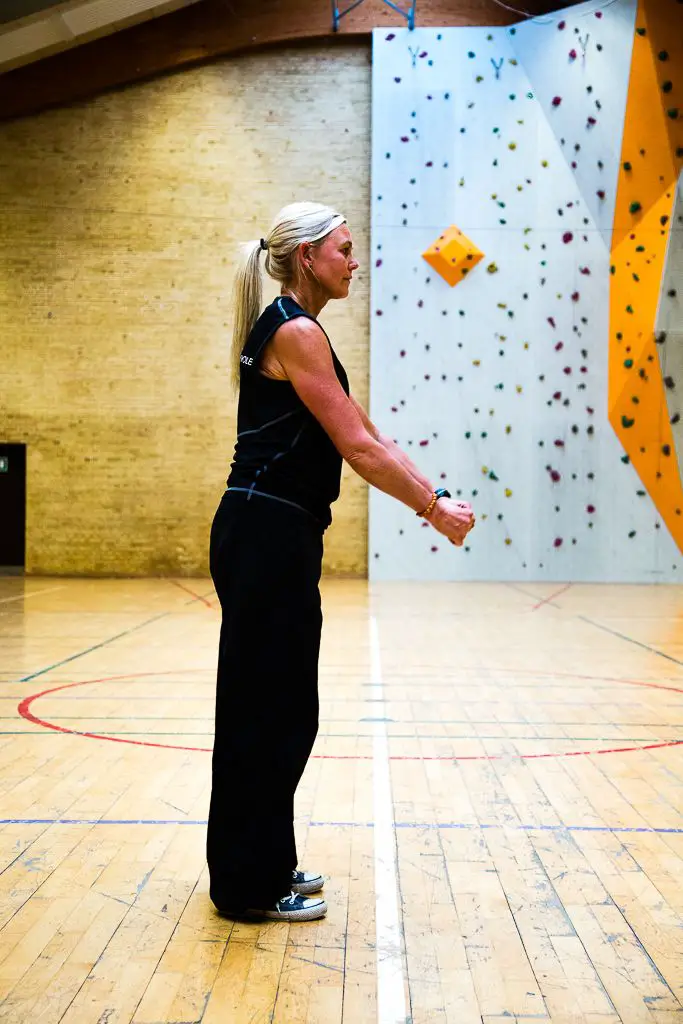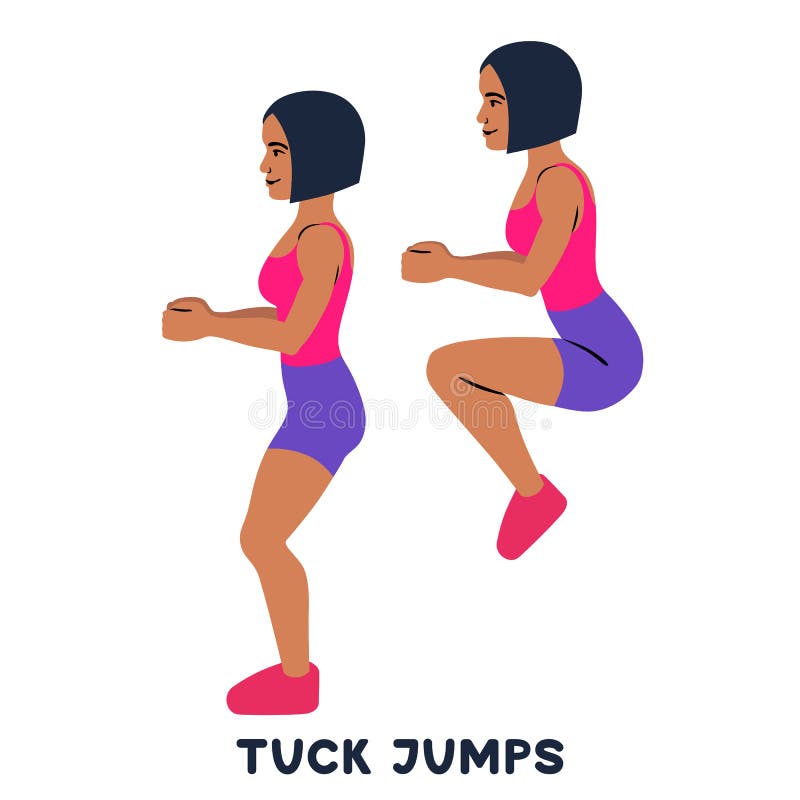
3 These experts added both face and construct validity to the website by assessing the website using a standardized instrument and providing feedback based on whether or not the videos were accurate representations of scoring the technique flaws. The website was then validated by four experts in the field (two athletic trainers (AT) and two physical therapists (PT)), who have scored over 50 TJAs and use the TJA clinically two of these experts have also been authors of past TJA studies. The website was created a tool to be included in standardized rater training. A website, was created by a physical therapist with videos and written descriptors of TJA technique flaws as examples of what constitutes no flaw, minor flaw, or major technique flaws (0,1,2, respectively). This cross-sectional reliability study was a secondary analysis of TJA videos obtained as part of a larger study.


The authors hypothesized that the raters would have moderate to excellent levels of intra- and interrater reliability. The purpose of this work was to determine the reliability of the TJA using varied healthcare professionals following an online standardized training program. 7 However, this study also did not provide any details regarding the type or amount of training the raters received prior to scoring TJAs.Ĭurrently, there is no standardized TJA training for raters, nor any standards of how much rater experience with the TJA produces reliable results. Another reliability study of the modified TJA found excellent intrarater and good interrater reliability for total score, but lower reliability for individual technique flaws. 3,6 Additionally, the study used two raters who were both certified strength and conditioning coaches with five years of clinical experience potentially limiting utility of the modified TJA by other professionals in the athletic performance community.

Understanding the level of training and education of the raters could give important information on possible learning effect associated with scoring and would help with reproducibility. Details of the type or the amount of training that raters received on the modified scoring of the TJA were not included. 5 warranted caution when interpreting the results. 5 However, significant limitations in the study by Fort-Vanmeehaeghe, et al. Initial reliability testing of the modified TJA found both excellent interrater and intrarater reliability. 5 The modified system changed the scoring of the 10 technique flaws to an ordinal scale of 0-2 (0 = no flaw, 1 = small flaw, 2 = large flaw). Recently, because of the inconsistency in scoring interpretations, a modified scoring system of the TJA was developed. 1 Previous literature reporting the intra- and interrater reliability of the TJA has yielded mixed results, ranging from poor to excellent. The original TJA assessment has 10 technique flaws, which were scored on a dichotomous scale (0-1) as either flaw present (1) or absent (0). 3 The TJA performance is scored qualitatively by a clinician based on 10 technique flaws using video recordings. 3 The TJA requires participants to jump with maximal effort over 10 seconds this may also induce fatigue, which may expose jumping or landing technique flaws not seen with other tests that use one or two jumps. The TJA may better simulate conditions faced in actual sporting activities than other anterior cruciate ligament (ACL) injury screening tools or jump-landing screening tests because it begins and ends from ground level while requiring maximum effort over multiple repetitive jumps.

1,2 One advantage of the TJA is that it is quick and inexpensive to administer, as it only requires athletic tape and two video cameras. One of these tests is the 10-second Tuck Jump Assessment (TJA) 1,2 which was developed as a “clinician-friendly” screening test to help identify lower extremity landing technique flaws in individuals during a high intensity, plyometric activity. Several clinical screening tests have been created to help identify individuals who are at high risk upon observation of jump-landing tasks.


 0 kommentar(er)
0 kommentar(er)
